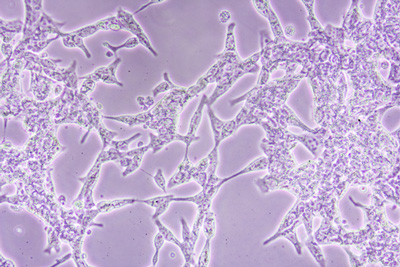STRIVE results for enzalutamide in CRPC published
Posted: 27 January 2016 | | No comments yet
The study achieved its primary endpoint demonstrating a statistically significant increase in PFS for enzalutamide compared with bicalutamide…


Results from the STRIVE trial of Astellas’ Xtandi (enzalutamide) compared to bicalutamide in men with castration-resistant prostate cancer (CRPC) have been published.


The Phase 2 STRIVE trial enrolled 396 castration-resistant prostate cancer patients in the U.S. The trial randomized 257 patients with metastatic prostate cancer and 139 patients with non-metastatic prostate cancer whose disease progressed despite treatment with a luteinizing hormone-releasing hormone (LHRH) analogue therapy or following surgical castration. The primary endpoint of the trial was progression-free survival (PFS), defined as time from randomization to radiographic (bone or soft tissue) progression, prostate-specific antigen (PSA) progression (defined by Prostate Cancer Working Group 2 criteria), or death due to any cause, whichever occurs first.
Median PFS was 19.4 months for the enzalutamide group
The study achieved its primary endpoint demonstrating a statistically significant increase in PFS for enzalutamide compared with bicalutamide. Median PFS was 19.4 months in the enzalutamide group compared with 5.7 months in the bicalutamide group.
The median time on treatment in the STRIVE trial was 14.7 months in the enzalutamide group versus 8.4 months in the bicalutamide group. Serious adverse events were reported in 29.4% of enzalutamide-treated patients and 28.3% of bicalutamide-treated patients. Grade 3 or higher cardiac adverse events were reported in 5.1% of enzalutamide-treated patients versus 4.0% of bicalutamide-treated patients. One seizure was reported in the trial in the enzalutamide-treated group and none in the bicalutamide-treated group. The most common side effects noted more frequently in the enzalutamide-treated versus bicalutamide-treated patients included fatigue, back pain, hot flush, fall, hypertension, dizziness, and decreased appetite, consistent with the known safety profile of enzalutamide.
The trial was designed to evaluate enzalutamide at a dose of 160 mg taken once daily (n=198) versus bicalutamide at a dose of 50 mg taken once daily (n=198), the approved dose in combination with a LHRH analogue.








